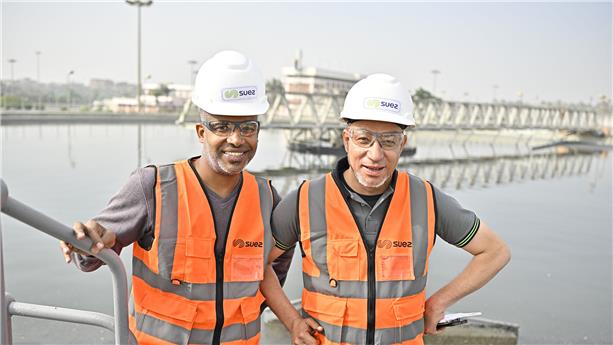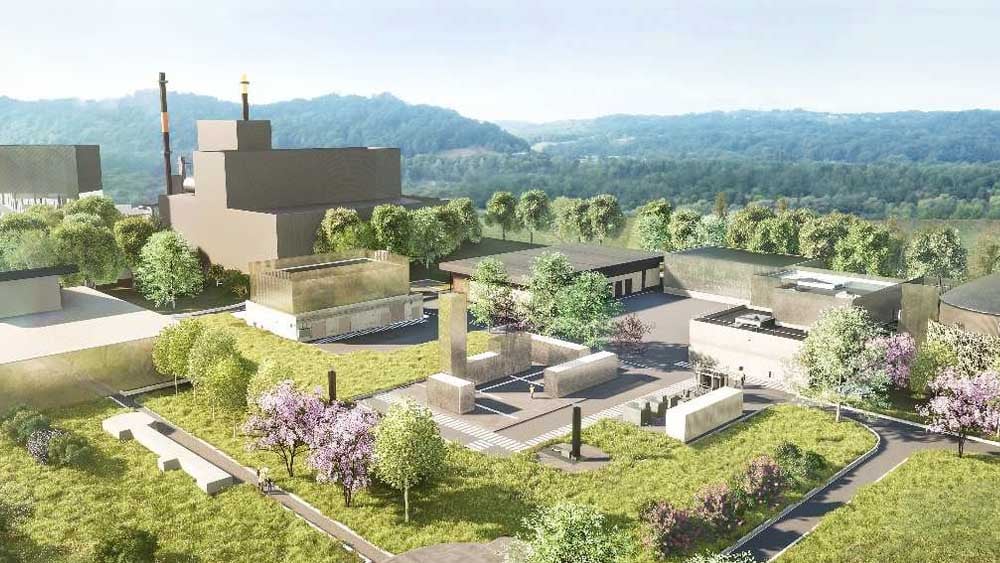Through this unprecedented circular economy project, Lescar wastewater treatment plant is now playing a key role in the environmental transition and in local climate change adaptation measures.
Through its two global technology firsts and its implementation of low-energy processes, the wastewater treatment plant is now an energy-positive facility: it produces more energy than it consumes and has an unrivalled carbon footprint.
When the project is completed, the plant's emissions will be 50% lower than they are today. This enhances the site’s contribution to meeting the targets of the regional climate plan and carbon neutrality strategy. This carbon footprint is enriched by the production of new resources that avoid the emission of approximately 5,000 tons of CO2 each year.
The plant is now an efficient local resource production facility using wastewater. Its short-circuit approach has a strong focus on synergies with the local Cap Ecologia environmental industry park, particularly the household waste to energy unit Valor Béarn and the future photovoltaic park.

